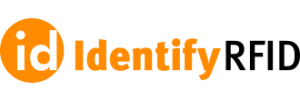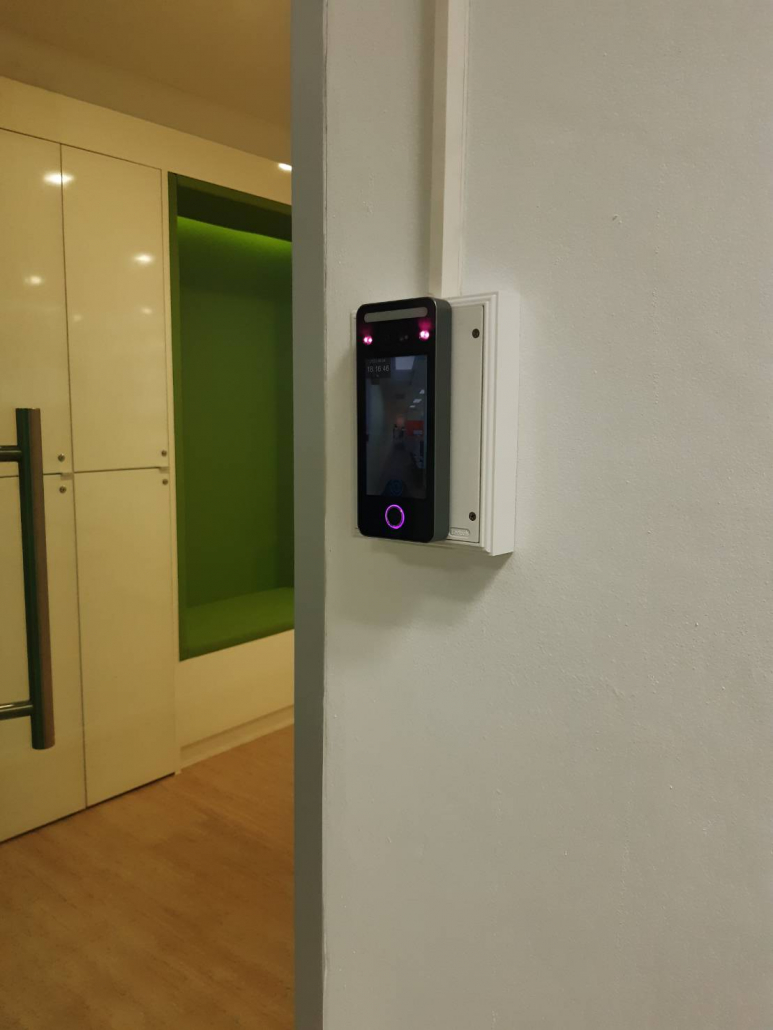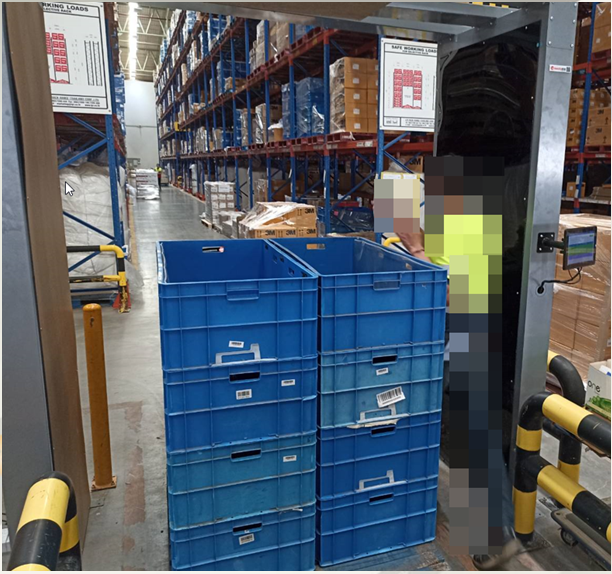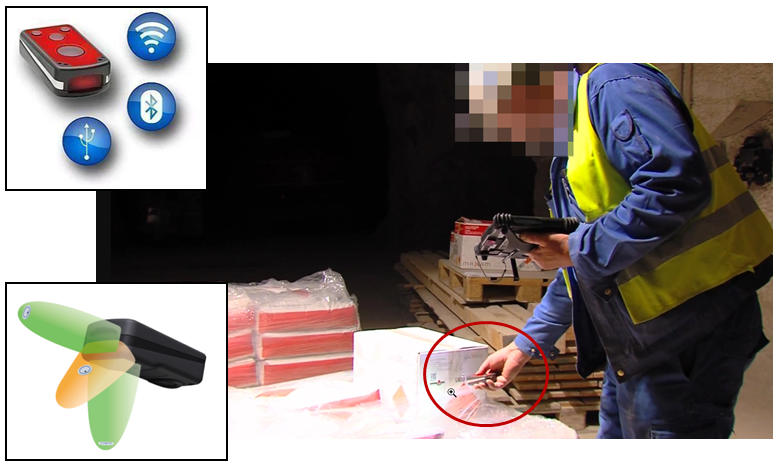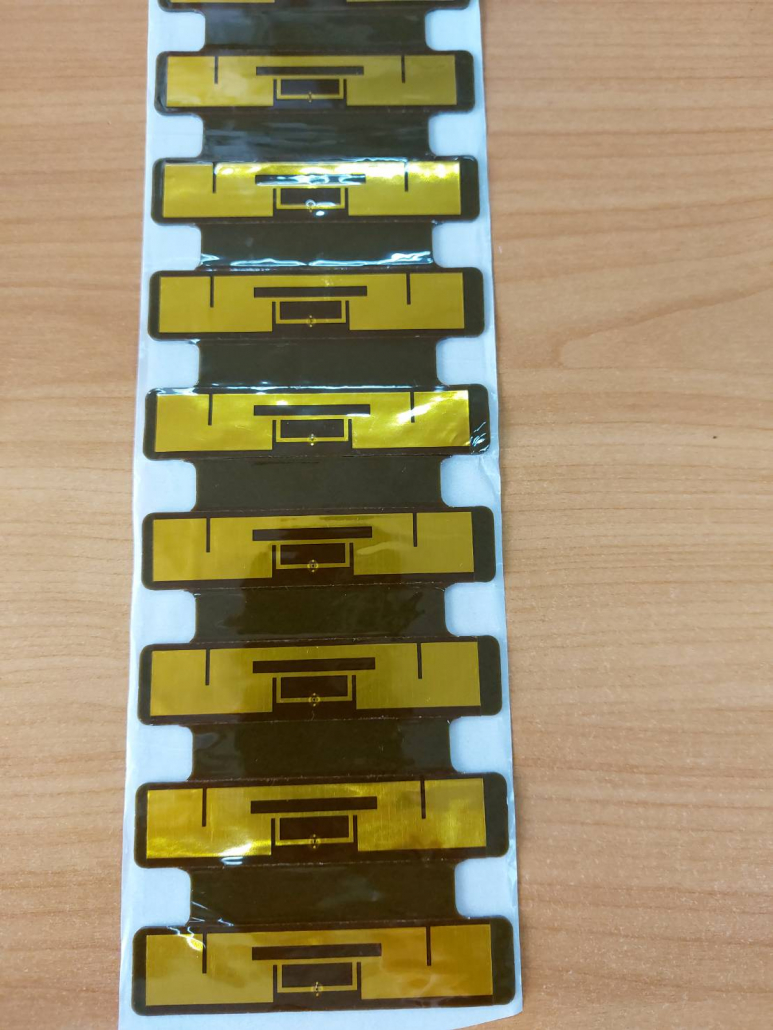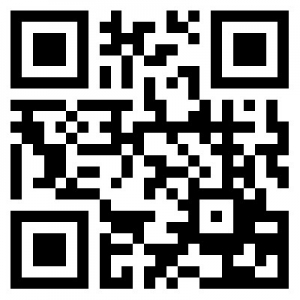Access Control + HR On Cloud
Description
Although access control system is widely used in many organizations, there are limited organizations utilizing the information from access control for human resource purpose. Many companies still use manual system for human resource functions such as checking time attendance, pay roll calculation or etc.
Identify has made full of our access control system extending our access control system to human resource management. When the readers are connected to the internet, they become an extension of our system. Once the access control reader captures the data from the staff, our system will automatically calculate pay roll and other human resource operation without human intervention.
How it works
Our short range reader is connected to the cloud server where our software is installed. When the staff have their cards read by the reader, firstly our reader will do the basic access control function which is access authorization. After reading his data, his time stamp will be automatically generated and sent to our cloud server. At the end of the month, our system will calculate the pay roll for individual staff by basing the time stamp from the access control reader. Besides the pay roll system, our system also supports job shift assignment. Staff job shift is also linked with our reader. Combining the scanning time and his job shift schedule, the time attendance and pay roll for individual can be calculated automatically.
Apart from salary calculation, our system also supports HR training and staff performance evaluation.
Benefits
- Reduce manual operation
- Reduce workload on HR staff
Applications:
- Human resource
